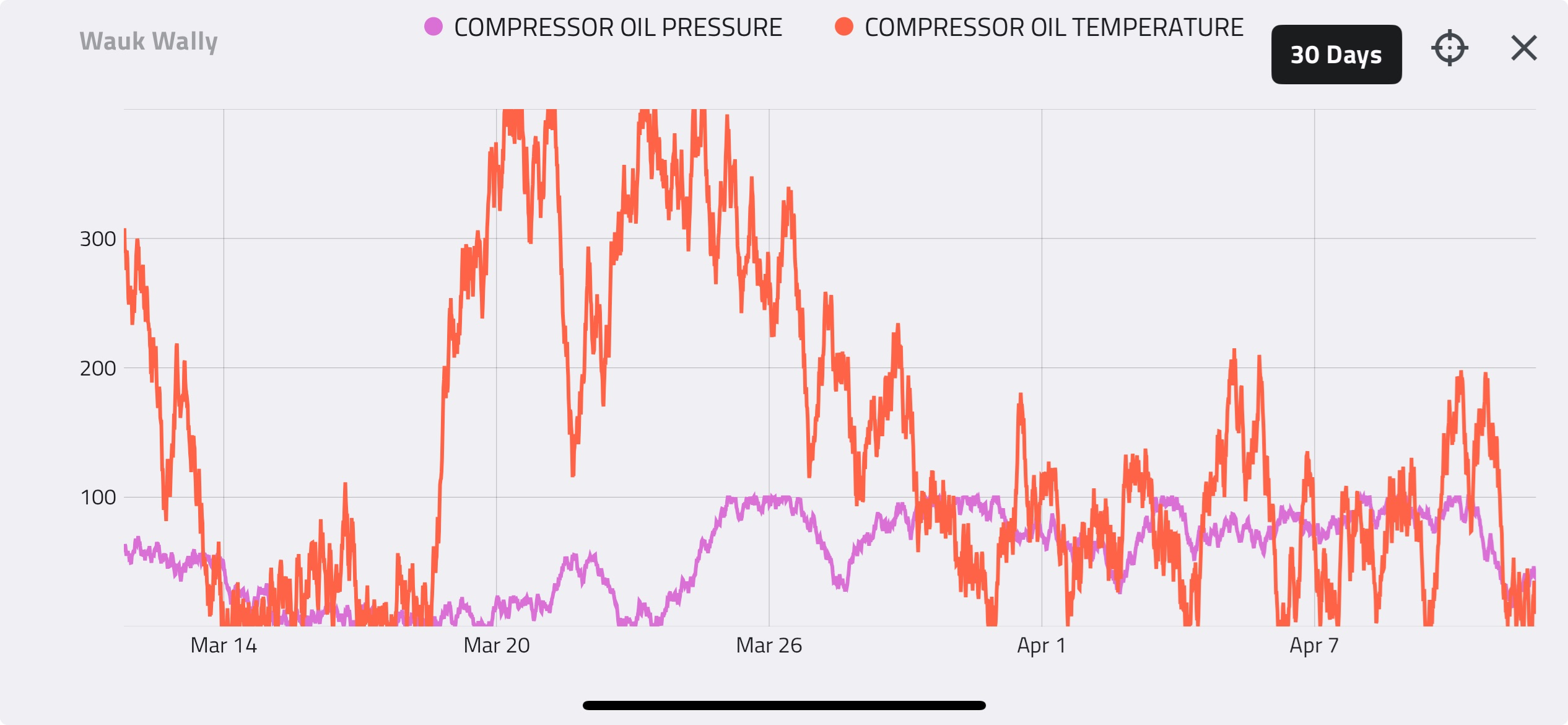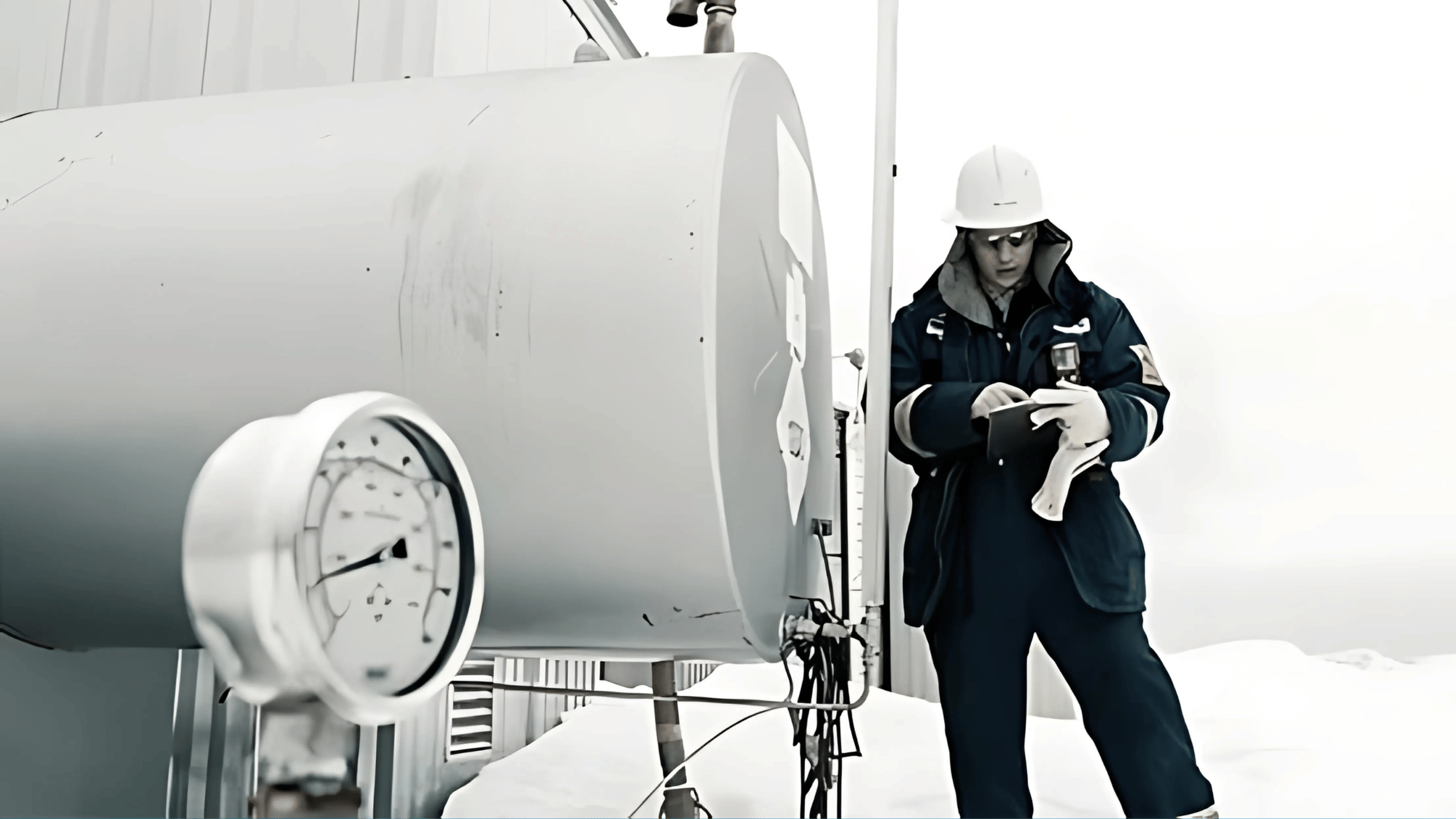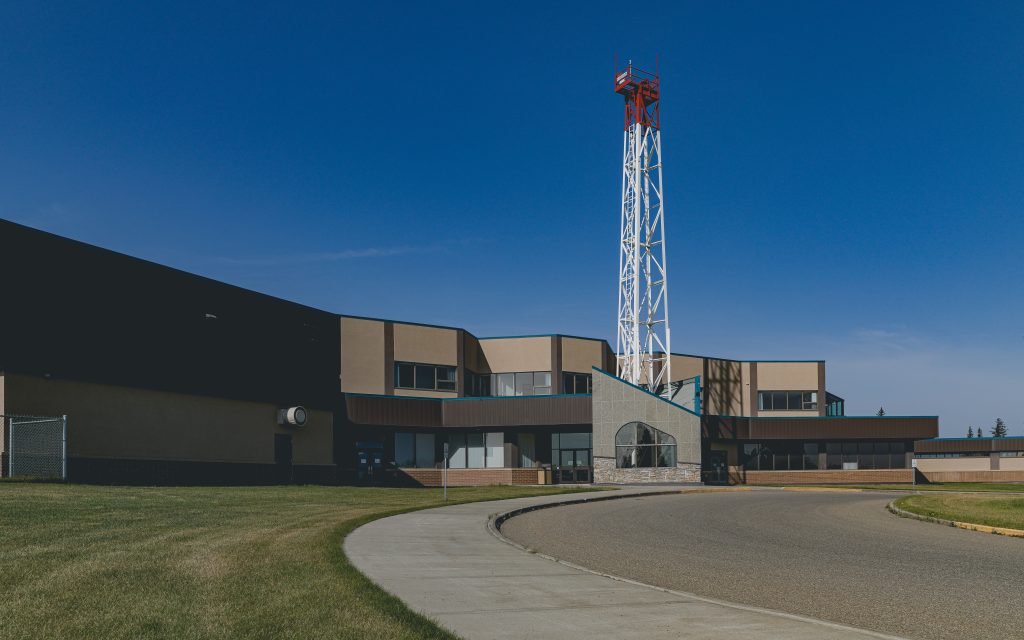By Darnell Franco
Houston, TX |
Have you ever sat in a compressor review meeting where I’ve explained to the group that opening pockets reduces the appetite of a compressor cylinder, and then 10 minutes later, I’m telling you that opening your pockets will get your more production? If the answer is yes, I swear, I’m not an idiot and hopefully I can walk everyone through why it is possible to open up pockets and achieve a higher flow rate. One specific situation that I’ll focus in on is when you bring on a new well, and your suction control valve has to pinch back, limiting the amount of gas getting to your 1st stage. Before looking at a curve, let’s consider how horsepower (HP) changes as a result of Compression Ratio (CR) changes, and flow rate. Here are the relationships:
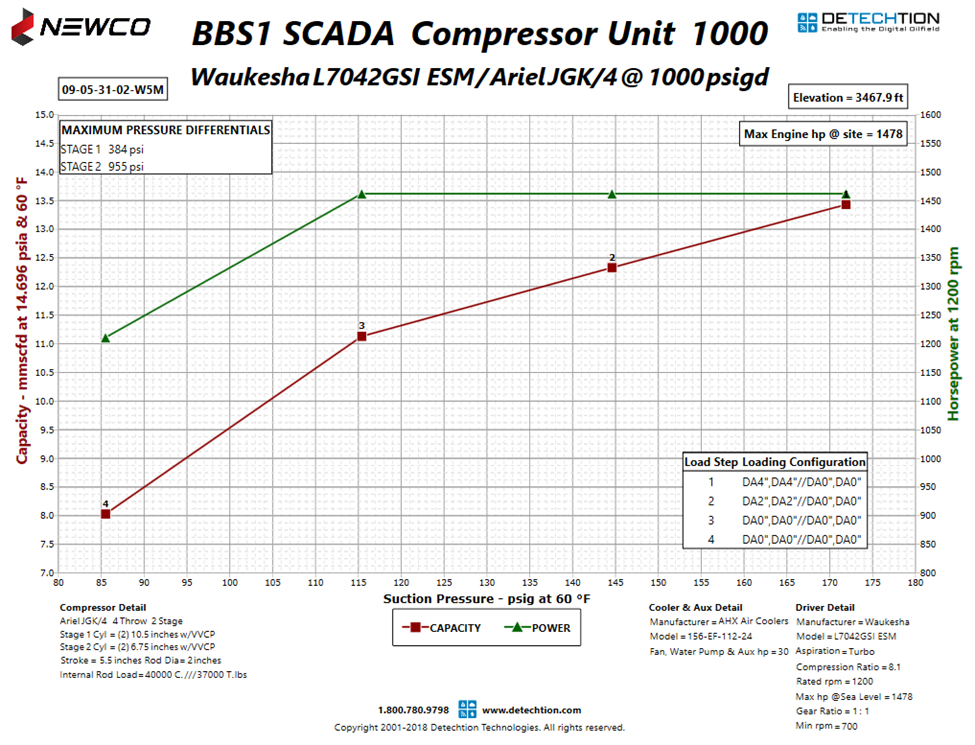
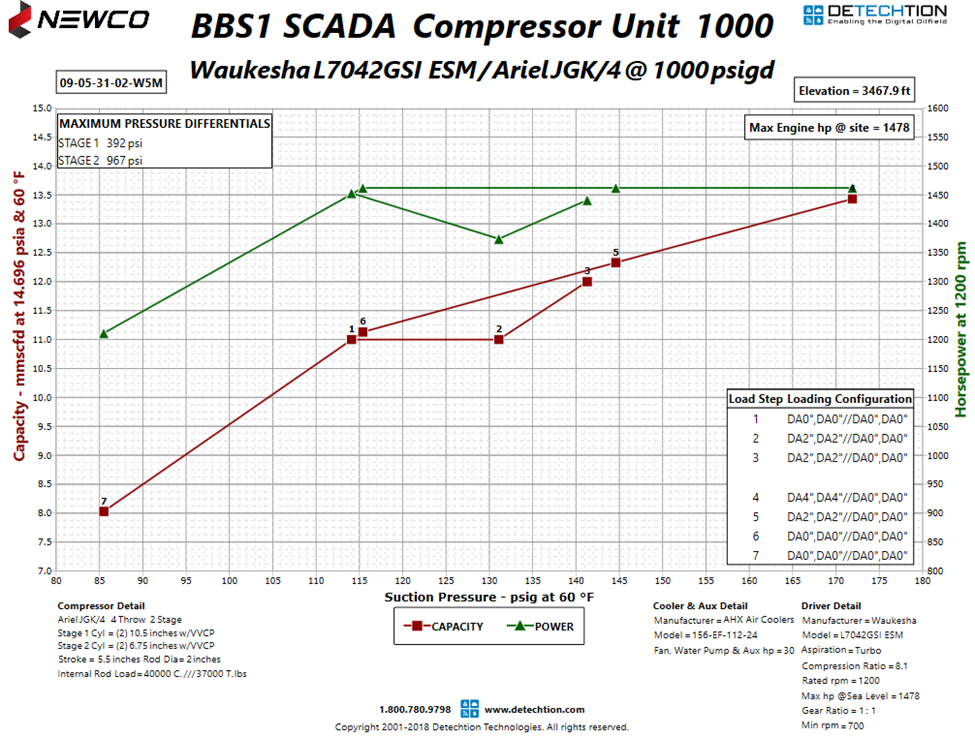
- As Compression Ratio increases (due to lower suction pressure, or a higher discharge pressure), HP required to compress that volume of gas across that compression ratio increases. The opposite also holds true.
- As the volume of gas that is compressed increases, the HP required increases. The opposite also holds true.
- Without changing flow, when you add clearance, the cylinder’s appetite (technical term is Volumetric Efficiency) decreases meaning the rate that it pulls gas away from a suction port/bottle/piping decreases, and therefore suction pressure increases. The opposite also holds true.
- Clearance is added
- As a result, the VE of the cylinder is reduced
- As a result, the Suction Pressure increases
- As a result, the compression ratio decreases,
- And finally, as a result, the HP required to compress the gas decreases as well.
Because the HP required to move that fixed amount of gas has decreased, you can now bring more gas on by opening up your suction control valve, or turning on another well until your engine hits Max HP again. On the curve below, if you were operating at point 3, you would be moving 11mmscfd at a suction pressure of 115psig, utilizing Max HP.

Now your production engineer lets you know that they need this compressor to move an additional 1mmscfd, putting your new flow rate at 12mmscfd. The numbered steps that follow will correspond to the number points on the curve below:

- Starting point: Moving 11mmscfd at a suction pressure of ~115psig
- Pocket position is changed from 0” open to 2” open and a Detechtion Startup Package is used to tailor the panel shutdown settings to the new configuration. At this point, new production is not online yet, and when we look at the HP line, you can see that from point 1 to point 2, the HP utilization decreases from 1460HP to 1360HP as the suction pressure increases and flows stays contant.
- Now from point 2 to point 3, the new gas is brought on until the engine hits max load again. Moving 12mmscfd, the resulting suction pressure is now 140psig and the HP utilization is now back to near Max.
So with that, hopefully it’s a little more clear how we can manipulate a cylinder’s appetite by adding clearance, to unload the engine, and then re-load the engine again by bringing on some more gas!

